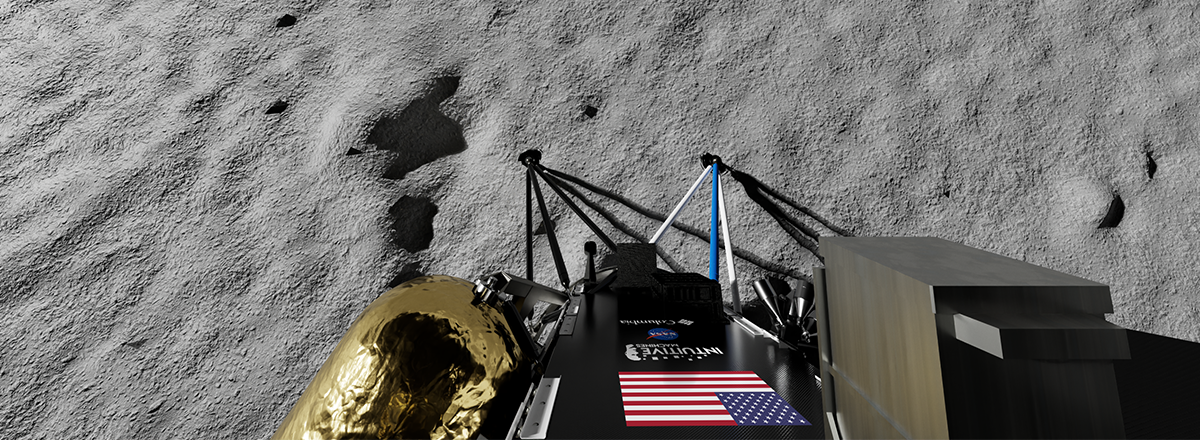NASA and SpaceX to Launch a Private Lunar Lander in February
NASA's contribution to the mission includes a range of scientific instruments aimed at studying plume-surface interactions, space weather, lunar surface characteristics, radio astronomy, and precision landing technologies.

NASA, in partnership with SpaceX, is gearing up for the launch of the Intuitive Machines Nova-C lunar lander, scheduled for mid-February from Launch Complex 39A at NASA's Kennedy Space Center in Florida.
This mission, known as IM-1, will carry a suite of scientific instruments and commercial payloads, with a primary focus on exploring the lunar surface and conducting experiments that will contribute to NASA's Artemis program.
NASA's contribution to the mission includes a range of scientific instruments aimed at studying plume-surface interactions, space weather, lunar surface characteristics, radio astronomy, and precision landing technologies. Additionally, the mission will feature a communication and navigation node to support future autonomous navigation technologies.
The IM-1 mission aligns with NASA's Commercial Lunar Payload Services (CLPS) initiative, which aims to leverage private robotic landers for lunar exploration. Through CLPS, NASA is working with various U.S. companies to deliver science experiments, test new technologies, and demonstrate capabilities that will pave the way for future lunar missions and, eventually, missions to Mars.

